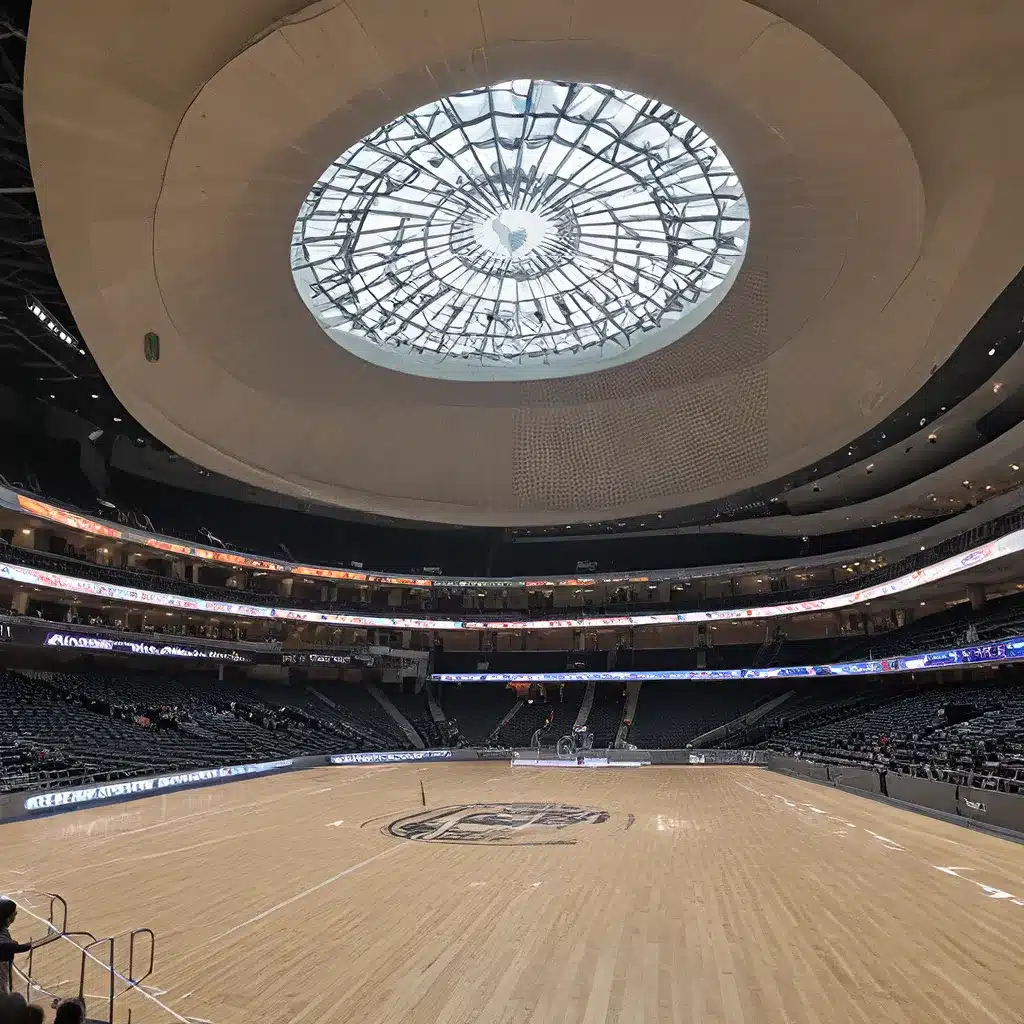
The Impressive History and Design of a Premier Sports and Entertainment Venue
The Belgrade Arena, also known as the Beogradska Arena, is a remarkable sports and entertainment venue located in the heart of Belgrade, the capital city of Serbia. Constructed over a period of seven years, this impressive structure was completed in 2004 and has since become an iconic landmark in the city’s skyline, serving as a testament to the country’s architectural prowess and engineering expertise.
Origins and Early Development
The origins of the Belgrade Arena can be traced back to the 1990s, when the city of Belgrade recognized the need for a modern, multi-purpose venue that could accommodate a wide range of events, from sporting competitions to large-scale concerts and exhibitions. The decision to build the arena was driven by the desire to establish Belgrade as a major destination for international events and to provide a state-of-the-art facility for the city’s sports teams and cultural organizations.
The project was spearheaded by the Belgrade City Assembly, which allocated significant resources to the design and construction of the arena. The architectural firm responsible for the arena’s design was Vlada Slavica, a renowned Serbian architectural practice with a reputation for creating innovative and visually striking structures.
Architectural Masterpiece
The Belgrade Arena is a true architectural masterpiece, boasting a striking and unique design that sets it apart from other sports and entertainment venues around the world. The arena’s most distinctive feature is its distinctive dome-shaped roof, which is supported by a complex system of steel trusses and cables. This innovative design not only gives the arena a unique and eye-catching appearance but also serves to maximize the building’s internal volume while minimizing the use of structural materials.
The Belgrade Arena is also known for its impressive size, with a total floor area of over 200,000 square meters and a seating capacity of up to 18,386 people. The arena’s interior is designed to be highly flexible, with a retractable roof and a modular floor system that can be easily reconfigured to accommodate a wide range of events, from basketball and handball matches to concerts and exhibitions.
Technological Advancements
In addition to its impressive physical design, the Belgrade Arena is also renowned for its technological sophistication. The arena’s state-of-the-art sound and lighting systems, for example, allow for the creation of immersive and visually stunning performances, while the venue’s advanced security systems and crowd control measures ensure the safety and comfort of all visitors.
The arena’s energy-efficient design is another noteworthy feature, with the use of renewable energy sources and advanced climate control systems helping to reduce the venue’s environmental impact and operating costs.
Hosting Major Events
Since its completion in 2004, the Belgrade Arena has played host to a wide range of high-profile events, cementing its reputation as one of the premier sports and entertainment venues in Europe. The arena has served as the home court for several of Serbia’s top basketball and handball teams, and has also played host to numerous international sporting competitions, including the European Basketball Championship in 2005 and the FIBA Basketball World Cup in 2019.
In addition to its sporting events, the Belgrade Arena has also played a crucial role in the city’s cultural life, hosting some of the world’s biggest musical acts and serving as a venue for a variety of other cultural events, from art exhibitions to fashion shows.
Ongoing Developments and Innovations
The Belgrade Arena continues to evolve and adapt to the changing needs of its users, with the venue’s management team constantly exploring ways to enhance the visitor experience and maintain the arena’s status as a premier sports and entertainment destination.
Recent developments have included the introduction of interactive multimedia displays and augmented reality experiences that allow visitors to engage with the venue in new and innovative ways. The arena has also been at the forefront of sustainability efforts, with the implementation of energy-efficient technologies and waste management systems aimed at reducing the venue’s environmental footprint.
Conclusion
The Belgrade Arena is a true architectural and engineering marvel, a testament to the ingenuity and vision of the Serbian designers and builders who brought this ambitious project to life. From its striking dome-shaped roof to its state-of-the-art technological features, the arena has become an integral part of Belgrade’s cultural and sporting landscape, hosting a diverse array of events and drawing visitors from around the world.
As the city of Belgrade continues to evolve and grow, the Belgrade Arena will undoubtedly remain a central and iconic feature of the urban landscape, a symbol of the city’s commitment to innovation, sustainability, and the pursuit of excellence in sports and entertainment.

